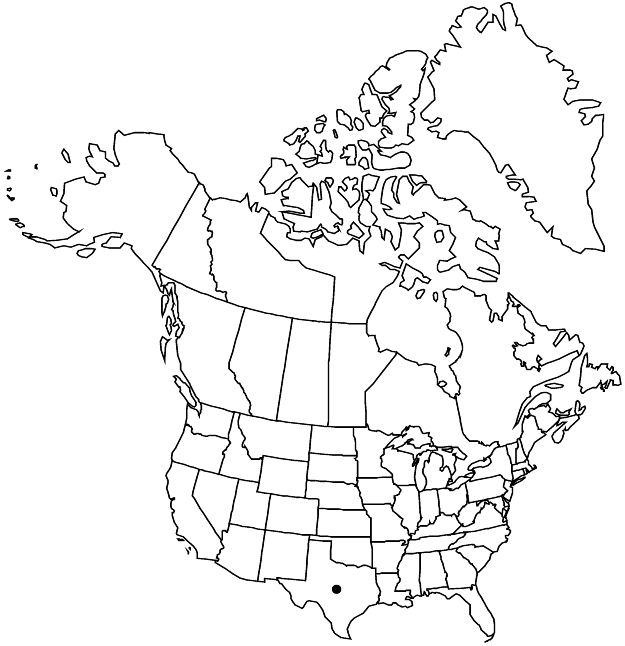Difference between revisions of "Croton argenteus"
Sp. Pl. 2: 1004. 1753. (as argenteum)
FNA>Volume Importer |
imported>Volume Importer |
||
| (2 intermediate revisions by 2 users not shown) | |||
| Line 6: | Line 6: | ||
|place=2: 1004. 1753 | |place=2: 1004. 1753 | ||
|year=1753 | |year=1753 | ||
| + | |other_info_on_pub=(as argenteum) | ||
}} | }} | ||
|common_names=Silver July croton | |common_names=Silver July croton | ||
| Line 32: | Line 33: | ||
|elevation=0–50 m. | |elevation=0–50 m. | ||
|distribution=Tex.;e Mexico;West Indies;Central America;South America. | |distribution=Tex.;e Mexico;West Indies;Central America;South America. | ||
| + | |introduced=true | ||
|discussion=<p><i>Croton argenteus</i>, which in the flora area is known only from Cameron and Hidalgo counties, may be a fairly recent introduction into the United States; the earliest known collections date from 1923.</p> | |discussion=<p><i>Croton argenteus</i>, which in the flora area is known only from Cameron and Hidalgo counties, may be a fairly recent introduction into the United States; the earliest known collections date from 1923.</p> | ||
|tables= | |tables= | ||
| Line 56: | Line 58: | ||
|publication year=1753 | |publication year=1753 | ||
|special status=Introduced | |special status=Introduced | ||
| − | |source xml=https:// | + | |source xml=https://bitbucket.org/aafc-mbb/fna-data-curation/src/2e0870ddd59836b60bcf96646a41e87ea5a5943a/coarse_grained_fna_xml/V12/V12_822.xml |
|genus=Croton | |genus=Croton | ||
|species=Croton argenteus | |species=Croton argenteus | ||
Latest revision as of 20:17, 5 November 2020
Herbs, annual, 2–12 dm, monoecious. Stems branching once into 2–3 branches, tomentose. Leaves sometimes clustered near inflorescences; stipules linear-subulate, 4–11 mm, unlobed or deeply divided; petiole 0.3–8 cm, glands absent at apex; blade ovate to ovate-oblong, 2–15 × 1.5–8 cm, base obtuse, cuneate, or subtruncate, margins denticulate, apex obtuse to rounded, abaxial surface pale green, not appearing brown-dotted, no stellate hairs with brown centers, densely stellate-hairy, adaxial surface green, less densely stellate-hairy. Inflorescences bisexual, congested racemes, 1–4 cm, staminate flowers 4–10, pistillate flowers 3–6. Pedicels: staminate 2–3 mm, pistillate 1–4 mm (3–5 mm in fruit). Staminate flowers: sepals 5, 1.5–2 mm, abaxial surface stellate-hairy; petals 5, oblong, 2–3 mm, abaxial surface glabrous except margins ciliate; stamens 10–13. Pistillate flowers: sepals 5, unequal, 4–8 mm, margins deeply laciniate, apex incurved, abaxial surface stellate-hairy; petals 0; ovary 3-locular; styles 3, 2–3 mm, 4-fid, terminal segments 12. Capsules 5 × 7 mm, smooth; columella 3-angled. Seeds 3.2–3.8 × 2.4–3 mm, dull.
Phenology: Flowering Jun–Dec.
Habitat: Disturbed sites, waste areas, levees.
Elevation: 0–50 m.
Distribution

Introduced; Tex., e Mexico, West Indies, Central America, South America.
Discussion
Croton argenteus, which in the flora area is known only from Cameron and Hidalgo counties, may be a fairly recent introduction into the United States; the earliest known collections date from 1923.
Selected References
None.